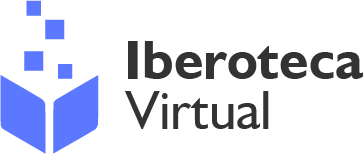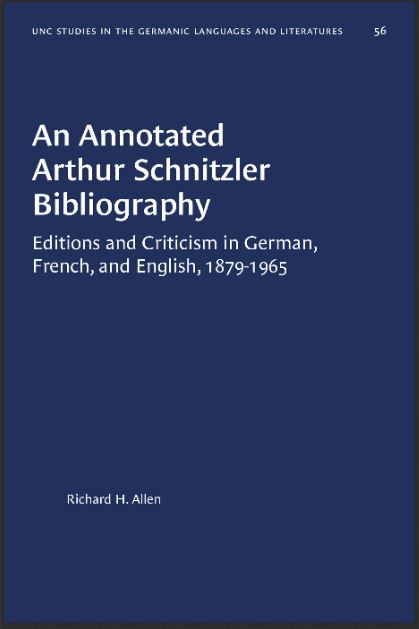A Science Vision for European Astronomy
Editorial: University of North Carolina Press
Licencia: Creative Commons (by-nc-nd)
Autor(es): Allen, Richard H.
Weiss, Robert
Astronomy is the study of everything beyond Earth. It is a science driven by observations, with links to mathematics, physics, chemistry, computer science, geophysics, material science and biology. Astronomy is important for society and culture, and helps attract young people to the physical sciences. The field benefits from and also drives advances in technology. As a result, it is now possible to study objects which are so far away that they are seen at a time when the Universe was only five per cent of its present age, and – perhaps even more astoundingly – to detect and characterize planets orbiting other stars, and to search for evidence of life.
European astronomers have access to a range of observational facilities on the ground and in space. Plans are being made for a next generation of facilities, which would continue to exploit the rapid advances in, e.g., adaptive optics, detector sensitivity, computing capabilities, and in the ability to construct large precision structures, sending probes to Solar System objects, and even bring back samples from some of them. Realizing all the plans and dreams would require substantial investments by national and international funding agencies, with significant long-term commitments for operations. For this reason, funding agencies from a number of European countries established ASTRONET, an ERA-net with financial support from the European Union, to develop a comprehensive strategic plan for European astronomy covering the ambitions of all of astronomy, ground and space, including links with neighbouring fields, to establish the most effective approach towards answering the highest priority scientific questions.
[2007]
Compartir:
Una vez que el usuario haya visto al menos un documento, este fragmento será visible.


